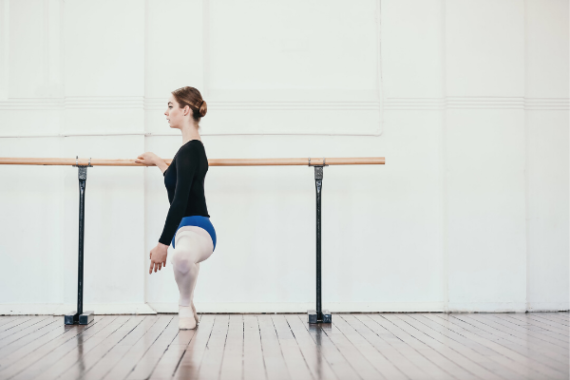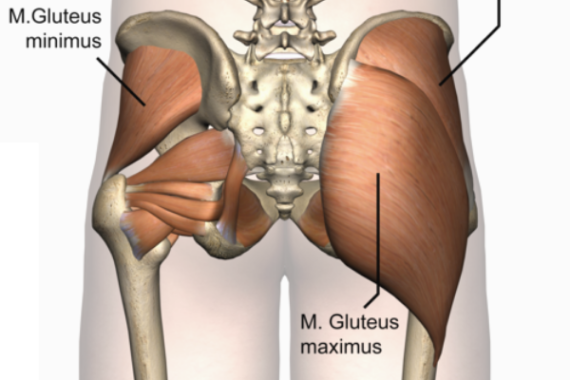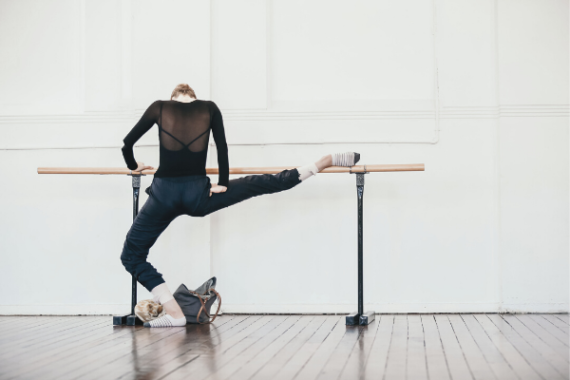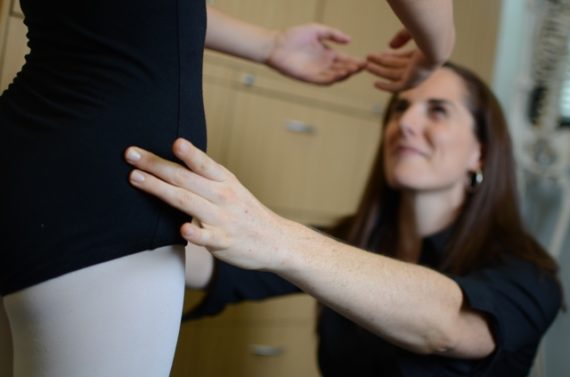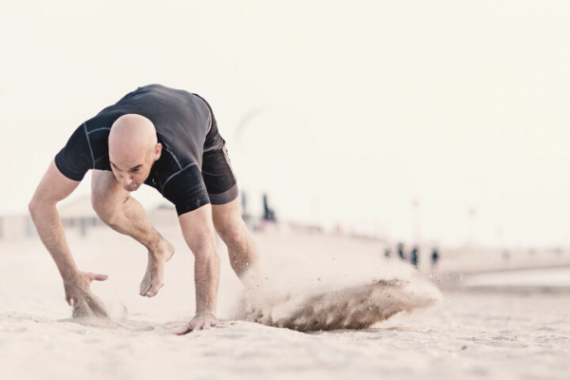- Free Articles
- Shop
- Workshops
- The Dance Educator Series
- L1 – The Fundamentals
- L2 – Pointe Intensive
- L2 – Flexibility Intensive
- L2 – Training Turnout in Tiny Dancers
- L3 – Foot & Ankle Injuries in Dancers – NEW
- L3 – Hip Injuries in Dancers
- L3 – How to Train Extreme Mobility Safely
- Upcoming Workshops
- Workshop FAQ’s
- Workshop Testimonials
- Host Application Form
- Dance Teacher & Health Professional Directory
- Members Areas
- Cart
- My Account
What Causes Clicky Hips & What to do about it!
Many dancers complain of clicky hips, and many dance teachers feel powerless when it comes to fixing it. The tricky thing is that there are so many types of sounds that can emanate from dancers hips, and often the true reason behind it is quite varied.
Different sounds may include:
- A higher pitched click in the front/top/side of the hip with class work
- A deeper click or flicking feeling when extending the leg in Pilates based floor exercises
- A deep clunk when performing a Grand Battement a la second
- A deep clunk when in a grand plié in second, or when stretching, that feels like the hip is relocating
- Grinding or gravel-like sensations when performing leg circles
- Snapping flicking or clunking on the outside of the hip when standing on one leg
The best advice for dancers with clicky hips is "Don't use your click as a party trick!" They will often repeat the sound over and over, creating more instability in the area and increasing friction between the tissues. Many therapists don't bother about working on these (initially) pain free sounds, however it is better to work on resolving any underlying mechanical issues while pain free. If the sounds continue, it will usually become painful over time, and becomes much harder to treat, requiring more time off class.
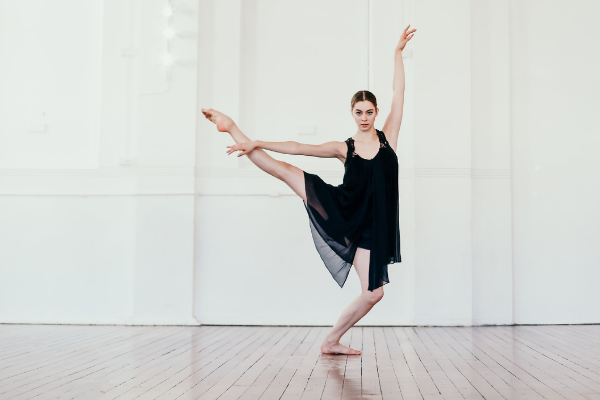
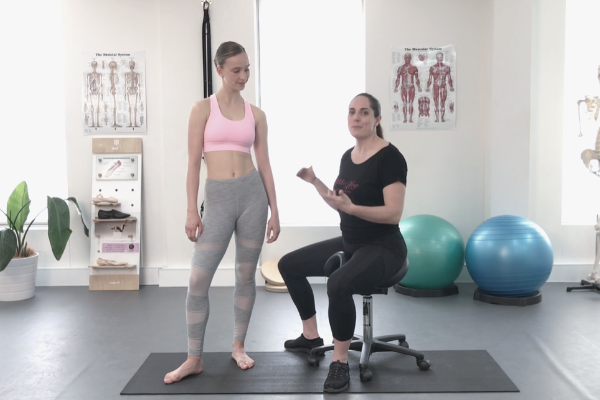
Clicking in the hips usually occurs in one of four different types of students. Tell-tale signs of weaknesses can often be seen in the students postural control outside of the ballet class, or in between exercises, so you usually need to watch the student when they are ‘hanging out’ to work out which type they are:
1) The student who sticks their bottom out, turns the legs in and relaxes the tummy in standing, resulting in tight hip flexors (especially TFL) and poor turnout control.
2) The student who has very open hips and tends to shift their hips forward in regular standing, sitting into the ligaments at the front of the hips and slumping the upper body forward.
3) The student who tends to hitch their working hip when in a retire, and has over developed the TFL and Gluteus Medius muscles, who often sits into one hip in standing
4) The student who has excellent flexibility, and can mount their leg up beautifully, but who does not have the strength yet to control their legs en lair. This is frequently in students who spend a lot of time on their flexibility and ‘tricks’ but not quite as much time on conditioning exercises.
With all of these variables does make it very tricky for a teacher in class to help all students at once - as they all have slightly different issues. However, the key factor in all of these students is that they lack true deep core strength, even though they all develop different strategies to cope with it. True core control is demonstrated by the ease in which they can maintain good postural positioning for extended periods, rather than momentarily bracing for a set exercise.
While ideally they should be working their deep core in all dance classes, sometimes this is not really engaging properly. Students often need specific instruction on exactly how to engage their true deep abdominals, as well as a regular conditioning class, to really engage the innermost muscles correctly. Once the core is working consistently in class and in daily life, this reduces the load onto all of the other muscles around the hips enormously. For ideas on deep core activation, try the following exercises before class:
Once dancers have found their true deep core, this provides a base to learn how to work all of the other muscles in the pelvis and hip properly. Our Training Turnout Book presents detailed exercises and sequences for each of these areas for optimal control.
Often during the period of integrating true core control into class, it is necessary to lower the height of the working leg to approximately 1/2 of the students full working height for a short period. Students and teachers should not be afraid of doing this for short periods, and it can result in great improvements in their technique.
By looking at each student individually with the above ideas in mind, and working through the A New Approach to Core Stability program, and the appropriate areas of the Training Turnout course with your students, then this is a great start on helping them to overcome their clicking hips!
Turnout Resources
If you are looking to delve deeper into this topic, check out the following programs:
- Tips for Turnout: This ‘Tips for Turnout Guide’ is a great starting point for anyone wanting to learn more about how to maximise turnout safely, and is the first resource in our Training Turnout Series. It gives you tips on improving your range, developing control of your standing leg and specific ways to increase the height of your développé devant.
- Training Turnout: Deepen your exploration of the anatomy of the dancers’ hip with this unique Training Turnout eBook. As the second resource in our Training Turnout series this program is a great follow on from our Tips for Turnout Program. Learn how to assess and understand the structure of your own hips, strengthen standing leg turnout and turnout en fondu as well as develop extraordinary control in your adage.
- Training Turnout in Tiny Dancers: If you are a dance teacher, this is the perfect continued education course for you. In this systematic and comprehensive approach to training turnout in tiny dancers, Lisa and Beverly provide dance teachers with direct techniques to use in class to safely develop optimal range and control of motion in all dance students. This program begins by establishing strength and control in parallel, before adding on the control of rotation, which is hugely important in the long term health of dancers’ hips. Using elements of fun and creative play to bring scientific and detailed training programs into dance schools is a unique and effective way to help thousands of young students worldwide.
- Level One Dance Teacher and Therapist Training: This unique course covers a multitude of assessment and treatment techniques to individualise a dancer's training. With special focusses on Postural Control, Core Stabili
ty, Flexibility, Basic Classic al Technique, The Dancers Hip, Allegro, Spinal Mobility and Arabesques, it is suitable for anyone working closely with dancers. - Anatomy Posters: These A3 posters are a great addition to the studio, to make it easy for teachers to explain the anatomy behind the movement to dance students. With clear anatomical images and descriptions of how each muscle works in a dancer, they are an essential tool for training intelligent dancers.



